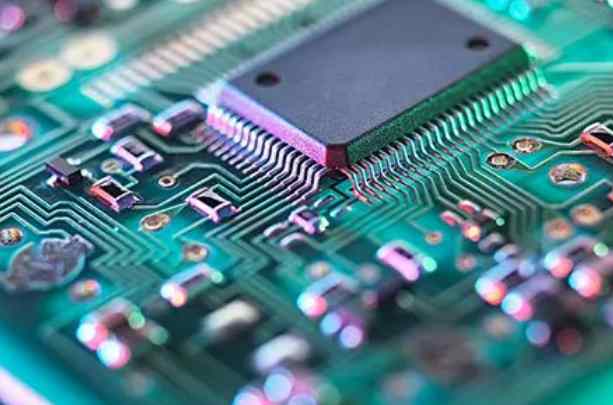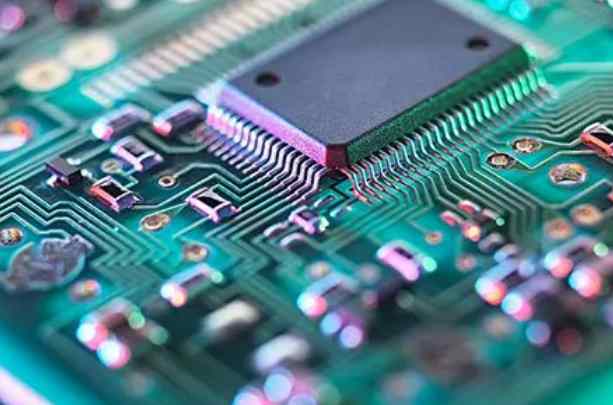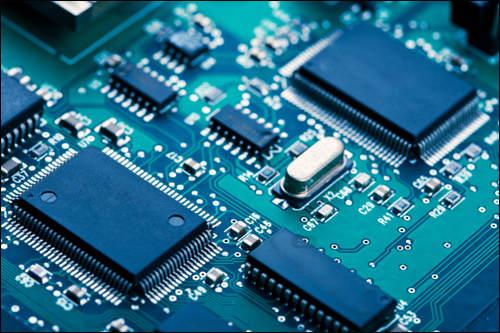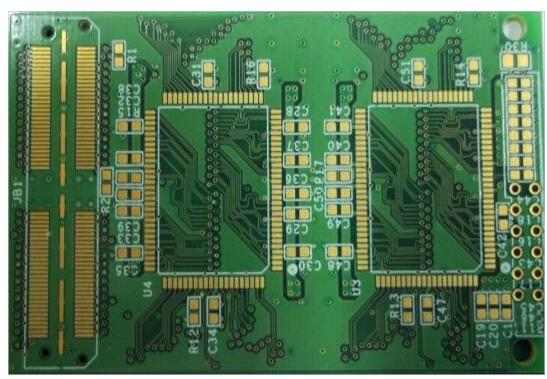
If you are new to PCB manufacturing and assembly, then you may not know that printed circuit board manufacturing (PCB) and printed circuit board assembly (PCBA) are different disciplines, often performed by different companies, as they have a unique set of processes and equipment required for each. PCB fabrication, of course, refers to the fabrication of the bare printed circuit board itself, while PCB assembly refers to placing components on the printed circuit board.
As a bare printed circuit board manufacturer, we write extensively on topics related to ensuring the smooth running of PCB manufacturing processes. But what about the PCB assembly process? What steps should be taken to ensure high-quality, cost-effective results? We work closely with many companies that provide assembly services, and based on our interactions, we've gathered a few tips that can help you.
Talk to your PCB assembler first, not last.
You've probably looked at a number of sources when planning your PCB design. Just as we encourage you to consult on board design, don't forget to use your assembly work as a resource as well, as they can also provide you with value throughout the manufacturing process. How about that? Introduces you to new or improved material or product technologies and describes some of the latest industry trends in PCB manufacturing and assembly by providing advice on effective board design.
When considering offshore PCB assembly, consider the total cost of production.
While low-cost overseas assembly may be tempting, consider possible risk factors including: substandard or imitation parts. Assemblers may try to cut corners and reduce costs by using parts below specified standards or U.S. industry standards. This can lead to board failures or malfunctions later on, negating the initial cost savings. In addition, offshore supply chains may experience disruptions. You don't want your product launch to be delayed because of shipping problems from overseas suppliers.
A single source provider can become a single point of failure.
If your PCB contains one or more parts that are only available from one supplier, you may run into trouble if the supplier experiences production delays or decides to "scrap" the part. Make smart choices.
Make sure your labels are consistent and meaningful.
While you may have scrutinized all the tags on your design document, what about the tags on the components included in your design? Not all manufacturers label their parts in the same way.
Talking about parts and labels.
If you include a parts package in your design package, make sure that all parts are numbered, labeled, and match your documentation. And don't forget to make them easy to read. (e.g. "Is that 0 or 0?" )
Use all the tools at your disposal at the beginning to get the most effective results at the end.
What does that mean? Your assembler may have tools to help you with initial design and schematic creation, as well as DFM review. Take our own PCB Creator for example.
Speaking of DFM reviews.
Don't forget to DFM review your designs before sending them (our free online tool InstantDFM is a great choice). Utilize the technical and industry knowledge of your PCB manufacturer and get their expert advice on your design. It can ultimately save you time and money.

Figure out any trade-offs.
As we mentioned earlier, the rapid pace of technological change means there is an increasing demand for electronic products, as well as PCBS. At the same time, there is always a push to pack more features into smaller board sizes. The two things are not always compatible. So before you start designing the board, sort through the features you need. Do you need higher power output? Stronger signal transmission? Identify what you absolutely must have and what you may need to reconsider. But don't think you have to scale back (or give up) everything. Consult your PCB manufacturer, who may be able to show you ways to improve your design to meet your board output requirements.
Lead time should be taken into account at both the design and assembly stages.
Based on past projects, you and your manufacturer may have a good estimate of your standard design time and assembly time. However, if you are developing a different type of board than usual, the "lead time" for design and assembly may be longer. Don't forget to factor it into your time estimates.
File format.
Make sure the manufacturer you choose is experienced in handling the file format you plan to submit.
Just! Ten tips to help your PCB manufacturing and assembly process successfully meet your product needs.







